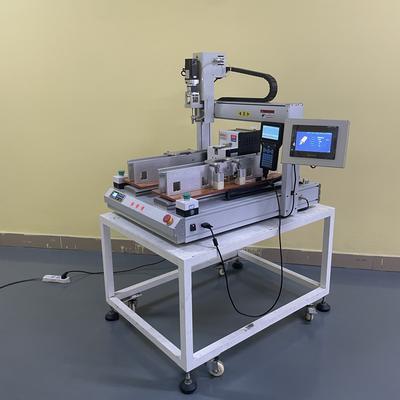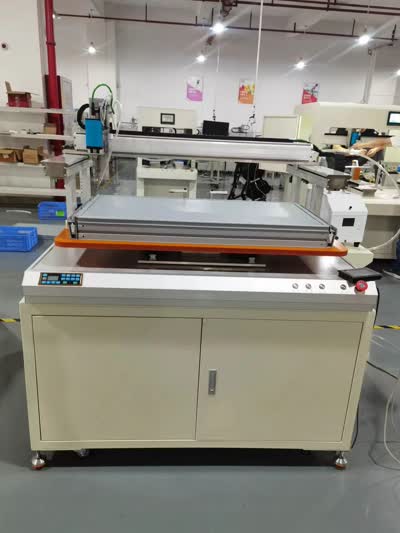Screw Locking Robots in Manufacturing | Industrial Automation Solutions

| Product Name | Applicable industries |
| Desktop Screwdriver Robot | LED Lighting Industry |
The Role of Screw Locking Robots in Modern Manufacturing
In the rapidly evolving landscape of industrial automation, the pursuit of precision, efficiency, and reliability is relentless. Among the myriad of technological advancements, screw locking robots have emerged as a cornerstone technology, fundamentally transforming assembly lines across various sectors. These sophisticated automated systems are designed to perform the critical task of fastening screws with unparalleled accuracy and consistency, a process that is deceptively simple yet vital to product integrity.
Enhancing Precision and Product Quality
Manual screw driving is inherently prone to human error. Variations in torque, angle, and sequence can lead to under-tightened or over-tightened fasteners, resulting in product defects, failures, or costly rework. Screw locking robots eliminate this variability. Programmed with exact torque specifications and equipped with advanced sensors, these robots apply the perfect amount of force every single time. This ensures each screw is secured to its precise requirement, significantly enhancing the overall quality and durability of the final product. In industries like aerospace, automotive, and electronics, where a single loose screw can have catastrophic consequences, this precision is not just beneficial—it is imperative.
Boosting Productivity and Operational Efficiency
The integration of screw locking robots into manufacturing workflows brings a substantial boost in productivity. Unlike human operators, these robots do not fatigue, require breaks, or work at variable speeds. They can operate continuously, 24/7, at a constant, high speed, dramatically increasing output rates. Furthermore, they can be seamlessly integrated into larger automated assembly systems, working in harmony with other robots for tasks like part placement, inspection, and packaging. This creates a highly streamlined, efficient production cell that minimizes bottlenecks and maximizes throughput, allowing manufacturers to meet demanding production schedules and scale their operations effectively.
Improving Worker Safety and Ergonomics
Beyond quality and output, screw locking robots play a crucial role in creating safer work environments. Repetitive strain injuries (RSIs) are a common concern for workers performing monotonous tasks like screw driving thousands of times a day. By automating this process, companies can reassign human workers to more value-added, supervisory, or creative roles that require critical thinking and problem-solving skills. This not only reduces the physical strain on employees but also enhances job satisfaction and helps retain skilled labor. The robots themselves are equipped with safety features such as force-limiting technology and protective cages, ensuring safe collaboration within shared workspaces.
Driving Data-Driven Manufacturing
Modern screw locking robots are more than just mechanical arms; they are data collection hubs. Each fastening operation generates valuable data—torque values, angle of rotation, time stamps, and any error codes. This data is logged and can be fed into a central Manufacturing Execution System (MES) for real-time monitoring and analysis. Manufacturers gain unprecedented traceability, knowing the exact history of every screw in every product. This data can be used for predictive maintenance, alerting technicians to potential tool wear before it causes downtime, and for quality assurance, providing auditable proof of compliance with industry standards.
Conclusion
The role of screw locking robots in modern manufacturing is both transformative and expansive. They are no longer a mere convenience but a strategic necessity for any forward-thinking manufacturing operation aiming to compete on a global scale. By delivering unmatched precision, elevating productivity, safeguarding workers, and enabling smart, data-driven processes, these automated systems are firmly locking in the future of manufacturing—one screw at a time. As technology continues to advance, we can expect these robots to become even more intelligent, adaptable, and integral to the factories of tomorrow.


